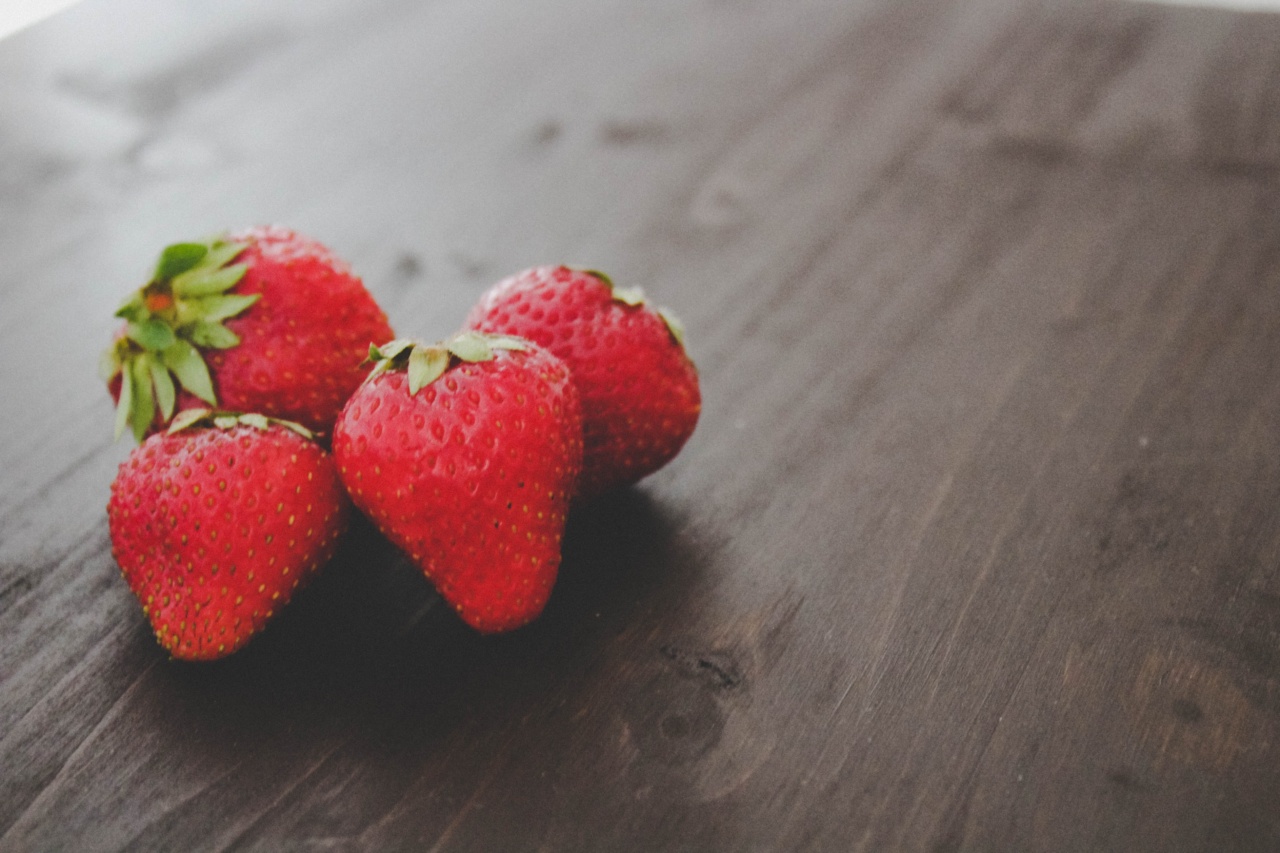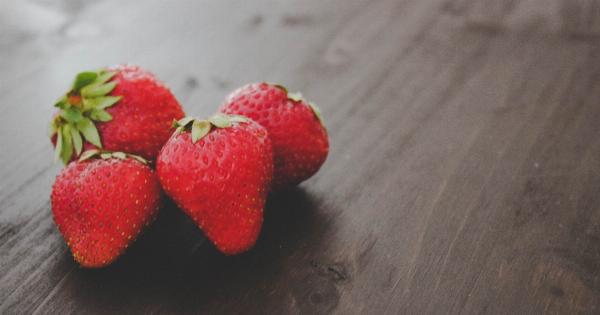Strawberries are small, red fruits that are widely loved for their sweet taste and vibrant color. They belong to the Rosaceae family and are a popular ingredient in various culinary preparations, desserts, and beverages.
In addition to being delicious, these berries also pack a punch when it comes to their nutritional benefits. From their size to their cultivation, let’s delve into everything you need to know about strawberries.
The History of Strawberries
The history of strawberries can be traced back to ancient Rome. The first documented cultivation of strawberries began in various parts of Europe in the 14th century.
These early varieties of strawberries were smaller in size and did not resemble the strawberries we enjoy today. It wasn’t until the 18th century, when strawberry plants from North America were brought to Europe, that the large, juicy strawberries we know and love were developed.
The Different Varieties of Strawberries
There are several different varieties of strawberries available today, each with its own unique characteristics. Some common varieties include:.
- June-bearing strawberries: These are the most common type of strawberries and are typically harvested in June, hence the name. They produce a large quantity of berries over a short period.
- Everbearing strawberries: As the name suggests, these strawberries continuously produce fruit throughout the growing season. They may have smaller-sized berries compared to June-bearing varieties.
- Day-neutral strawberries: These strawberries produce fruit consistently regardless of the day length. They are known for their sweet taste and are a popular choice for home gardeners.
Size Matters: The Anatomy of a Strawberry
A strawberry is composed of several parts, each contributing to its unique size and taste. Let’s take a closer look at the anatomy of a strawberry:.
1. Receptacle
The receptacle is the base of the strawberry, also known as the stem or core. It connects the strawberry to the plant and provides nutrition to the developing fruit.
2. Achenes
These are the small seeds that cover the surface of the strawberry. Contrary to popular belief, strawberries are not true berries; they are actually an aggregate fruit, meaning they are formed from multiple ovaries on a single flower.
Each achene is a separate fruit and contains a seed inside.
3. Calyx
The calyx is the green leafy part on top of the strawberry. It is not typically consumed and is usually removed before eating or cooking the fruit.
4. Hypocotyl
The hypocotyl is the white, fleshy part at the bottom of the strawberry. It is often referred to as the “heart” of the strawberry and is the sweetest and juiciest part.
Planting and Cultivating Strawberries
Strawberries can be easily grown in both garden beds and containers. Here are the key steps to successfully planting and cultivating strawberries:.
1. Choosing the Right Location
Strawberries thrive in full sun, so choose a location that receives at least 6-8 hours of direct sunlight per day. Ensure the soil is well-draining and rich in organic matter.
2. Preparing the Soil
Before planting, prepare the soil by removing any weeds, rocks, or debris. Amend the soil with compost or well-rotted manure to provide necessary nutrients.
3. Planting the Strawberries
For garden beds, dig shallow trenches and space the plants about 12-18 inches apart. Make sure the crown (where the leaves meet the roots) is level with the soil surface. In containers, use well-draining potting mix and space the plants accordingly.
4. Watering and Maintenance
Keep the soil consistently moist, but not waterlogged. Water deeply at least once a week, increasing frequency during hot and dry periods. Mulch the plants to prevent weed growth, conserve moisture, and regulate soil temperature.
5. Harvesting the Strawberries
Strawberries are ready for harvest when they are fully red and have reached their desired size. Gently pluck the berries from the plant, being careful not to damage the delicate fruit. Enjoy them fresh or use them in your favorite recipes!.
The Nutritional Benefits of Strawberries
Strawberries are not just delicious; they also offer a wide array of health benefits. Here are some of the nutritional benefits of strawberries:.
1. High in Antioxidants
Strawberries are rich in antioxidants, including anthocyanins, ellagic acid, and vitamin C. These antioxidants help protect the body against oxidative stress and may reduce the risk of chronic diseases.
2. Good Source of Vitamins and Minerals
Strawberries are packed with essential vitamins and minerals. They are an excellent source of vitamin C, manganese, folate, and potassium. These nutrients play crucial roles in maintaining overall health and well-being.
3. Support Heart Health
The high antioxidant content in strawberries, along with their fiber and potassium content, contributes to heart health. Regular consumption of strawberries may help lower blood pressure, reduce inflammation, and improve overall heart function.
4. Aid in Weight Management
Strawberries are low in calories and high in fiber, making them a great addition to a weight management diet. The fiber content helps promote feelings of fullness and can contribute to a healthier digestive system.
Fun Facts About Strawberries
Here are some interesting and fun facts about strawberries:.
1. Strawberries Have More Vitamin C than Oranges
While oranges are often touted as the go-to source for vitamin C, strawberries actually contain more vitamin C per serving. This makes them a great addition to your daily diet for boosting immune health.
2. Strawberries Are Not Really Berries
Although commonly referred to as berries, strawberries are not true berries from a botanical perspective. True berries, such as blueberries and grapes, have their seeds on the inside, while strawberries have their seeds on the outside.
3. Strawberries Are Perfect for a Natural Teeth Whitening
Looking for a natural way to whiten your teeth? Simply rub some mashed strawberries on your teeth and let the malic acid do its magic. Rinse thoroughly afterward to prevent acid damage to tooth enamel.
4. Strawberries Are a Symbol of Love
In medieval times, strawberries were considered a symbol of love and were often served at weddings and other romantic celebrations. They were believed to have aphrodisiac properties and bring good luck to the newlyweds.
Conclusion
Strawberries are not only delectable fruits but also a powerhouse of nutrition. They come in various sizes and varieties, each with its own unique characteristics and flavors.
Whether consumed fresh, added to recipes, or used for their health benefits, strawberries continue to be a beloved fruit around the world. So, go ahead and indulge in these vibrant red berries to satisfy your taste buds and nourish your body.































